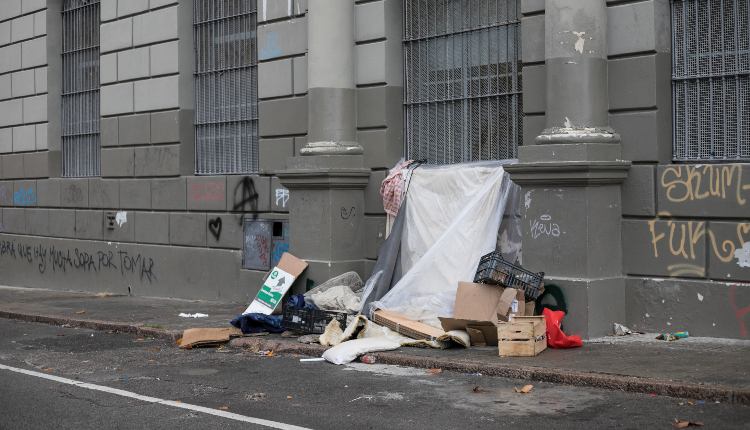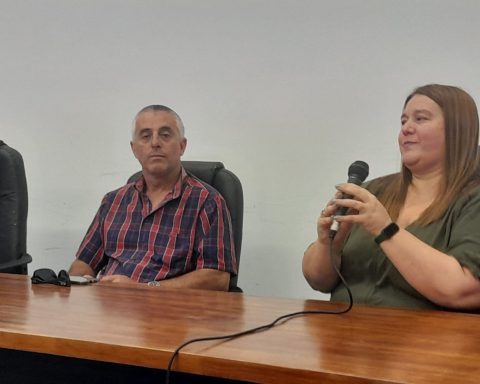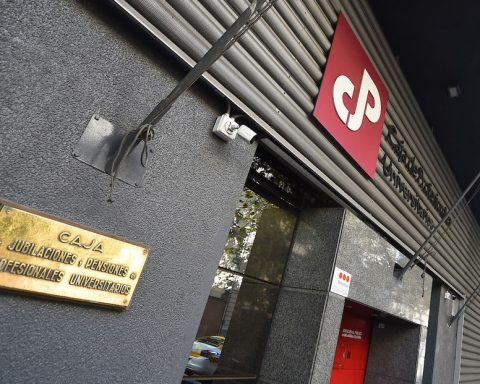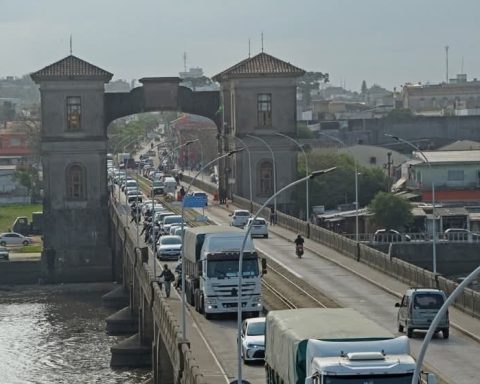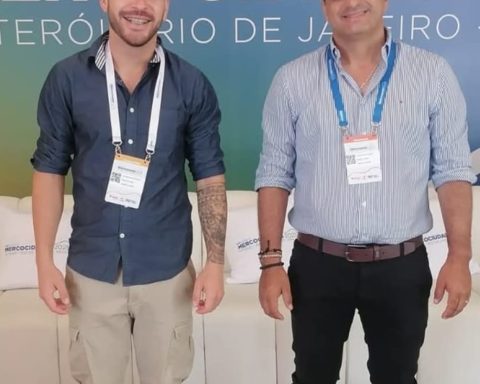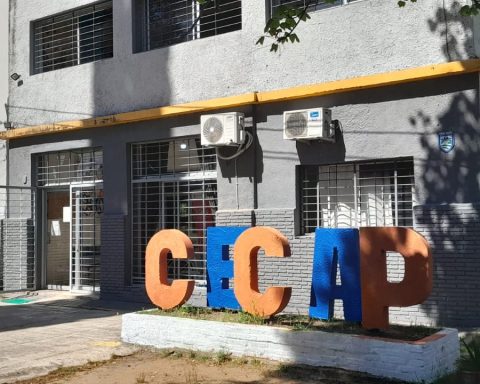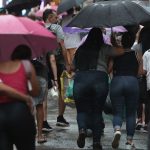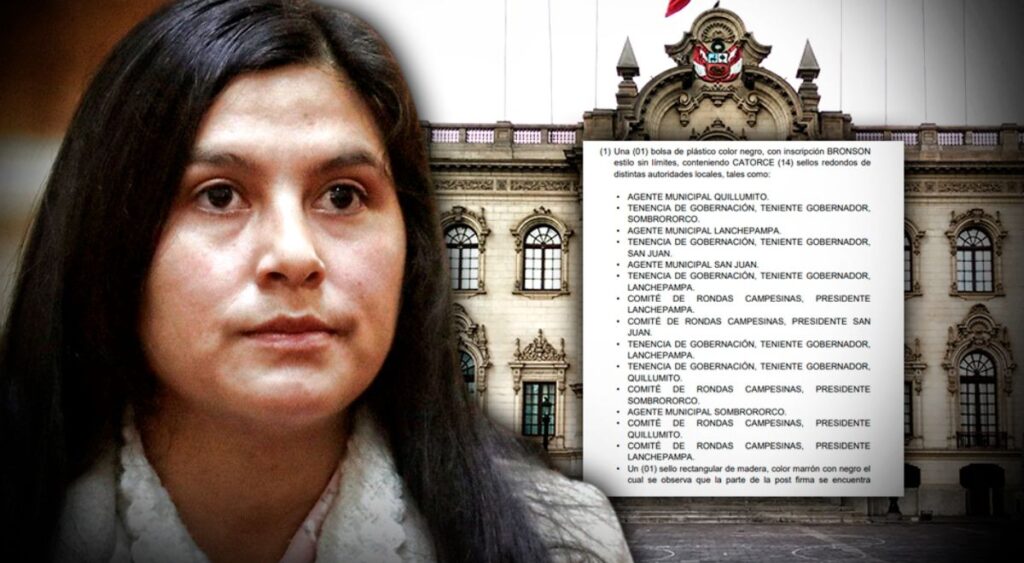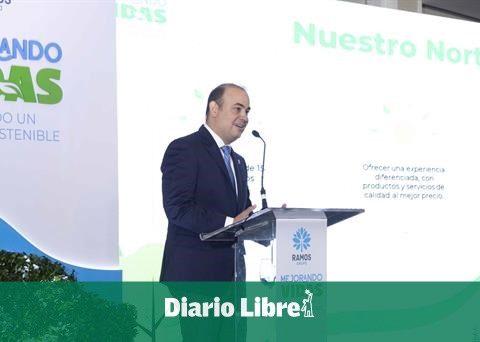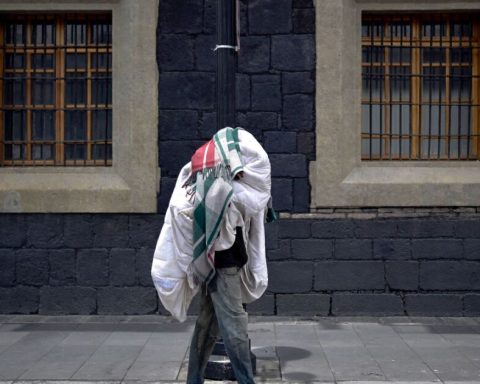This Monday, August 22, and as part of the International Day of the Struggle of People on the Street, which is celebrated annually on August 19, the reality of people on the street was analyzed in a meeting held at the headquarters of the Uruguayan Press Association (APU).
The discussion «Reflections and learning from practices. Itineraries and challenges of the social inclusion of people living on the street» had the support of the Municipality of Montevideo, through its Department of Social Development.
On that date in 2004, people who were sleeping in a square in San Pablo were attacked, resulting in several deaths and injuries.
The day centers are part of the public policies deployed to comprehensively address complex social problems and seek to provide care, promotion and education from a perspective of comprehensive care, promotion and restitution of rights, with a low-demand modality and approach risk and damage management in relation to drug use, as well as prevention and primary health care.
These spaces help people to access basic services, such as bathrooms and showers; health care –dental, ophthalmological–; social benefits –pensions and social management cards–; psychotherapeutic attention and also moments of socialization, educational, recreational and cultural instances.
The community has the following centers:
La Estación: Located on Mercedes street between Daniel Fernández Crespo and Arenal Grande avenues, it receives people over 60 who live on the street or face situations of social vulnerability.
La Trama: Located at 1932 and 1930 Uruguay avenues, on the corner of Arenal Grande, it provides assistance to people with problematic drug use.
La Casa: Located at 1239 Uruguay Avenue, between Yi and Cuareim, it develops activities related to educational re-linking, such as school accreditation, socio-labor workshops, murga, percussion, chess, music, among others, with the aim of expanding opportunities for social inclusion. .
Espacio Compa: It works in the Methodist Church of La Aguada (Lima 1621), it works from Saturday to Thursday from 9 a.m. to 5 p.m. Three meals are provided and its main benefits include therapeutic groups and health guidance services. .
In addition to the day centers, the Care Program for Homeless People includes care from an outpatient drug use prevention and treatment team, located in the Los Angeles polyclinic in the Casavalle neighborhood (Los Angeles 5340 between Curitiba and Paraíba). , as well as public bathrooms installed in the Velodrome and the Cordón neighborhood.
external collaboration
The role of the University of the Republic is key in contributing to a global, comprehensive and up-to-date vision of the problem and its evolution.
Within this framework, the Intendancy maintains an agreement with Profundación de Ciencias Sociales, which supports the organizational work of the NITEP collective, which brings together homeless people and seeks to make visible the problems they experience; transform and improve living conditions.
NITEP defines its operation based on work trenches (care, defense of rights, communication, work).
In turn, since August of this year, the commune together with the Ministry of Social Development (Mides) has managed a contingency device that provides night shelter to 40 people, thus incorporating a new form of care, which contributes to the consolidation of this line of action at the institutional level.
